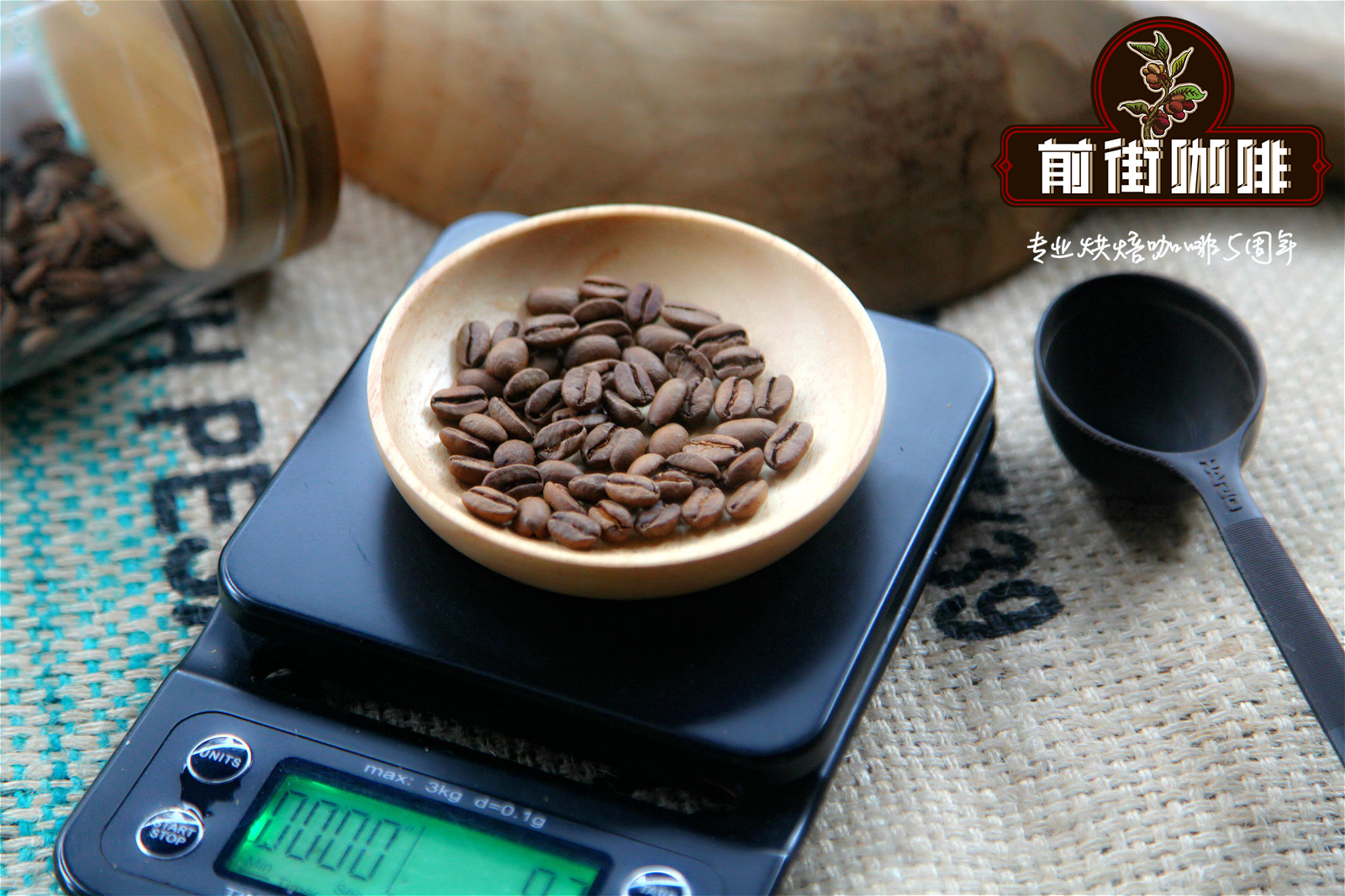Kenya Coffee Bean Varieties Growing History_Elgon Mountains Bourbon Kent Coffee Flavor Characteristics

Professional coffee knowledge exchange more coffee bean information please follow the coffee workshop (Wechat official account cafe_style)
A brief History of Coffee cultivation in Kenya
The varieties originally introduced to Kenya were Bourbon and India's Kent, and later Blue Mountain Tibica varieties were introduced from Jamaica and planted in Mount Elgonne. But the famous BlackBerry flavor of Kenyan coffee is brought not by Blue Mountain, Kent or traditional bourbon varieties, but by bourbon variants SL28 and SL34, which first appeared in Kenya in the 1930s. The coffee producing areas in Kenya are mainly concentrated in Mount Kenya (Mt. The plateau region represented by Kenya). Tropical climate, acid red volcanic soil provides a natural and suitable growth environment for coffee, the main producing areas such as Nyeri, Ruiru and so on.
Planting variety
The varieties of coffee in Kenya are mainly composed of three varieties: SL-28, SL-34 and Ruiru11.
At the beginning of the 20th century, Scott Lab developed the SL (Scott Lab Scott Laboratories) series through mocha species from Yemen and bourbon island species. Although the organization is active in the 1930s and 1960s, it no longer exists, but the selected SL-28 and SL-34 are the mainstays of Kenya. they all belong to the Bourbon variety, with Kenyan characteristics of larger size and wine-scented blackcurrant flavor.
SL-28
The Kenyan cultivar No. 28 was selected by Scott laboratory, and the native species of bourbon and mocha were selected. The variety, which is said to be selected from Tanganyika DR, was found by A.D. Trench on a trip to Tanzania and may be drought resistant. However, the experiment failed and developed varieties that were not drought-resistant, but inadvertently produced excellent flavor, with strong citric acid, sweetness, balance and complex flavor.
SL-34
Scott laboratory selected 34 Kenyan cultivar, an enhanced version of Bourbon native species. It is said to be selected from the coffee baking guide. The fortified bourbon tree was first planted in Kabete, Kenya. The yield of SL34 is better than that of SL28 and can grow at relatively lower elevations. It has a complex sense of citric acid, heavy feeling and clean taste.
Ruiru11
Although SL-28 and SL-34 have stood the test of time and trained generations of loyal fans of Kenyan coffee, the Kenyan government and the Coffee Research Institute (Coffee Research Foundation) have begun to promote a new variety Ruiru11 with stronger disease resistance and higher unit yield, out of consideration of coffee yield and disease resistance. The promoters assure coffee lovers that the new variety still has the classic flavor of Kenyan coffee. However, the continuous efforts have not won the recognition of coffee gluttons, who agree that there is a gap between the taste of the new variety and the traditional variety, and the prospect of Ruiru11 remains to be seen.
END
Important Notice :
前街咖啡 FrontStreet Coffee has moved to new addredd:
FrontStreet Coffee Address: 315,Donghua East Road,GuangZhou
Tel:020 38364473
- Prev

Introduction of Kenya Gatomboya Kato Boya processing Plant _ Deep roasting Kenyan bidding Grade Coffee beans
Professional coffee knowledge exchange more coffee bean information please follow the coffee workshop (Wechat official account cafe_style) Kenyan coffee AA Nyeri Gatomboya raw bean basic information: producer: farmers around the Kato Boya processing Plant (Gatomboya Factory): Neri County (Nyeri County/Central Province/Kenya), Central Province of Kenya, altitude:
- Next

What's so special about PB round beans in Kenya Sasini processing plant? how much is Kenya coffee bean PB?
Professional coffee knowledge exchange more coffee bean information please follow the coffee workshop (Wechat official account cafe_style) Kenya Coffee AA TOP SASINI Manor boutique tree species: SL28/SL34 Cup Flavor: mango, Wumei, aroma, acidity bright altitude: 1800 Kenya Sasini processing Plant introduction: SASINI Manor is located in Mount Kenya (Mountain Kenya)
Related
- Detailed explanation of Jadeite planting Land in Panamanian Jadeite Manor introduction to the grading system of Jadeite competitive bidding, Red bid, Green bid and Rose Summer
- Story of Coffee planting in Brenka region of Costa Rica Stonehenge Manor anaerobic heavy honey treatment of flavor mouth
- What's on the barrel of Blue Mountain Coffee beans?
- Can American coffee also pull flowers? How to use hot American style to pull out a good-looking pattern?
- Can you make a cold extract with coffee beans? What is the right proportion for cold-extracted coffee formula?
- Indonesian PWN Gold Mandrine Coffee Origin Features Flavor How to Chong? Mandolin coffee is American.
- A brief introduction to the flavor characteristics of Brazilian yellow bourbon coffee beans
- What is the effect of different water quality on the flavor of cold-extracted coffee? What kind of water is best for brewing coffee?
- Why do you think of Rose Summer whenever you mention Panamanian coffee?
- Introduction to the characteristics of authentic blue mountain coffee bean producing areas? What is the CIB Coffee Authority in Jamaica?

